Publication
Article
CURE
Trials and Tribulations: Navigating the Clinical Trial Space
Author(s):
Finding her way into a clinical trial took a lot of research for one patient with ovarian cancer. Now, she’s guiding others.
WHEN I MET MY first oncologist, he told me, in essence: “Think of your cancer as a garden. We’ll do our best to get all of the dandelions removed, but the truth is that tiny, microscopic seeds will more than likely remain and spread.” I did not want to believe him, but he was right. I underwent surgery and 17 straights weeks of chemotherapy, but my ovarian cancer returned after 11 months of remission.
I then went on to a second traditional protocol that did not do the job. After a short break I chose to take, I am presently in a clinical trial. However, getting there showed me that decisions about treatment are not, for the most part, clear in ovarian cancer. That can create a lot of emotional insecurity for those living with the disease. There are more than 200,000 of us now in the United States, and, as a group, our outlook is not rosy. There is no effective screening for this cancer, so most cases are found late.
When my cancer was diagnosed, I passively agreed to treatment because it did not occur to me to ask whether there were other options. I was unaware that each treatment decision would have ramifications in both the present and the future. Once my cancer started advancing, I morphed into an advocate thirsty to understand what was available to me.
I reached out to my oncologist, surgeon, physician, network of friends and science. The genetic composition of my tumors was mapped, resources on the internet were identified, and the process of reading through scientific papers began.
Armed with a greater degree of knowledge and resolve, I met with my oncologist, who presented me with two traditional options. Both treatments were undesirable given my goals, which were simple:
• I wanted to live, not merely exist.
• I did not want side effects to outweigh the benefits of shrinking my tumors.
At the same meeting, a third option was raised: a clinical trial. The one presented, however, also failed my most basic litmus tests.
While evaluating it, I came to understand that there were many other trials out there that my care team had not offered me. I also learned that the number of previous treatments I had taken might limit my future candidacy for some trials. Clearly, I needed to become much more selfreliant to secure optimum treatment.
I discovered that you do not have to be a specialist to identify possible treatment options. Ovarian cancer websites — particularly that of the Ovarian Cancer Research Fund Alliance (ocrfa.org) — document the latest thinking and newest drug approvals. The National Institutes of Health offer a list of clinical trials that you can search by cancer type (clinicaltrials.gov), as well as a useful glossary.
It does not take much to learn that “immunotherapy” drugs stimulate the body’s own immune system to fight cancer cells, “targeted therapies” hone in on cells with mutations that drive cancer rather than on healthy cells and, by blocking the growth of new blood vessels, antiangiogenesis agents literally starve cancer cells. Once you have basic information, asking questions of your medical professionals becomes easier.
Armed with knowledge, I acted quickly, using every resource I could to identify a clinical trial that fit my requirements.
• First, I quieted my thoughts, knowing that there was a traditional option to hold me steady.
• Second, I listed what I knew about myself that would help determine my candidacy for a trial. For example, my cancer was resistant to platinum-based chemotherapies and I was not BRCA mutation-positive. I also listed lifestyle issues that would help me evaluate the tolerability of treatment side effects. • Third, I developed a methodology to help me assess each drug.
My assessment process became critical to my understanding of available trials, as well as traditional protocols. It was key to my decision to participate in ImmunoGen’s clinical trial of the drug IMGN853. What did my evaluation process involve? I looked at:
1 The type of drug or drug combinations involved. For example, was it a PARP inhibitor or an immunotherapy? Was the drug purely experimental, or was it already approved by the Food and Drug Administration (FDA) to treat any cancers or other conditions?
2 The requirements. My questions included: • Did I need to undergo a tumor biopsy or provide prior tumor slide analyses?
• What was the frequency of medication dosage?
• What type of travel did I face? How many oncology visits? How many medical procedures, such as blood work or scans?
• Did I need to log my daily blood pressure levels?
• Would additional medications be needed to quell side effects, such as nausea or hypertension drugs?
3 Known side effects, including their degree of permanence or reversibility
4 The manufacturer’s characteristics, such as stability, aggressiveness and transparency
5 Trial characteristics, including accessibility of the medical team, face time with the oncologist, locations for lab work or scans, and the trial timeline
6 Documented results of previous tests of the drug, including a chronicle of trials, research papers, articles and patient experiences
As I reviewed my options, I mapped out how the IMGN853 trial, known as FORWARD1, measured up. Although it did not meet 100 percent of my criteria, it fared quite well. The trial combines two drugs: One targets the folate receptor alpha protein, which is overexpressed in some ovarian cancers, and the other is an FDA-approved antiangiogenic therapy. I learned that the trial drug would target my cancerous cells, giving my bone marrow a rest. Its toxicity profile appeared to support my active lifestyle. I would need to give up my contact lenses and get a med-port installed, but I did not have to undergo tumor biopsies or keep a daily log of my blood pressure. And although fatigue and nausea were listed as side effects of the treatment, statistics indicated that these issues would not be extreme.
The results? My research and clinical trial protocol have put me in a position where my tumors have shrunk by 22 percent after just six infusions. The side effects, as documented in the company’s prior trial results, allow me to stay strong and engaged in life.
I consider myself lucky; I became an advocate for myself. In my quest, I met an oncologist who told me to listen to my heart, empowering me to evaluate and reject protocols that did not support my objectives.
It should be stressed that both traditional tactics and clinical trials have their places. My point is that patients with cancer need to become much more aware of clinical trials early in the course of treatment and take advantage of the additional choices that are available to us. Without patient participation in trials, there is no way to validate new learning to save lives.
In today’s environment, clinical trials offer survivors of ovarian cancer the most current thinking and the most targeted, personalized treatments available. Further, they offer patients the opportunity to contribute to a body of growing knowledge. Finally, with the blessings of luck and hope, trials can prolong not just survival but also the ability of patients to maintain the lifestyles they love.
KAREN J. RIBLER was diagnosed with ovarian cancer in 2014. In addition to being a survivor, she is a retired association executive in Washington, D.C. She is an active volunteer within the ovarian cancer community, serving on the Rhonda’s Club/Ovarian and Gynecologic Cancer Coalition Board of Directors, as well as taking part in the education of student doctors and nurses through the Ovarian Cancer Research Fund Alliance’s Survivors Teaching Students program.
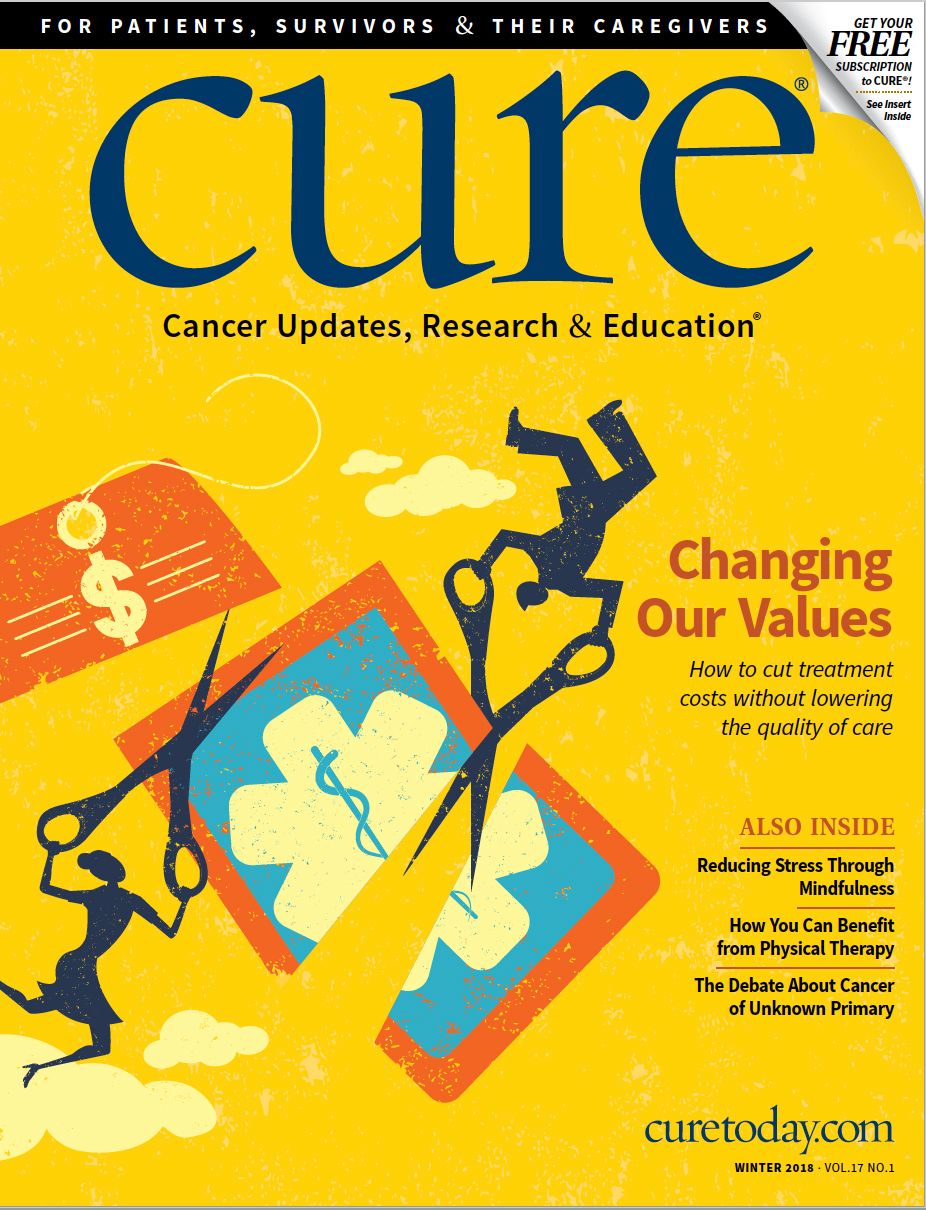


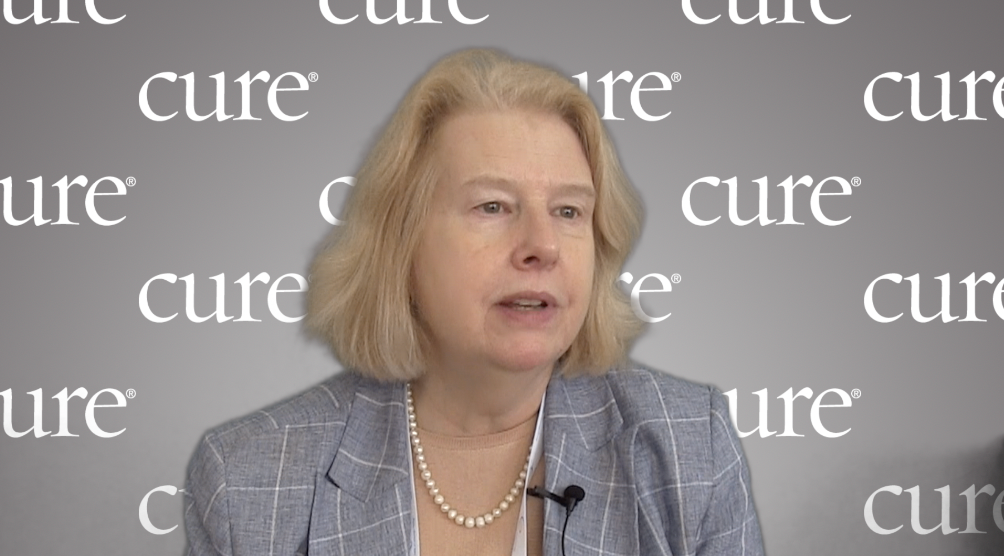


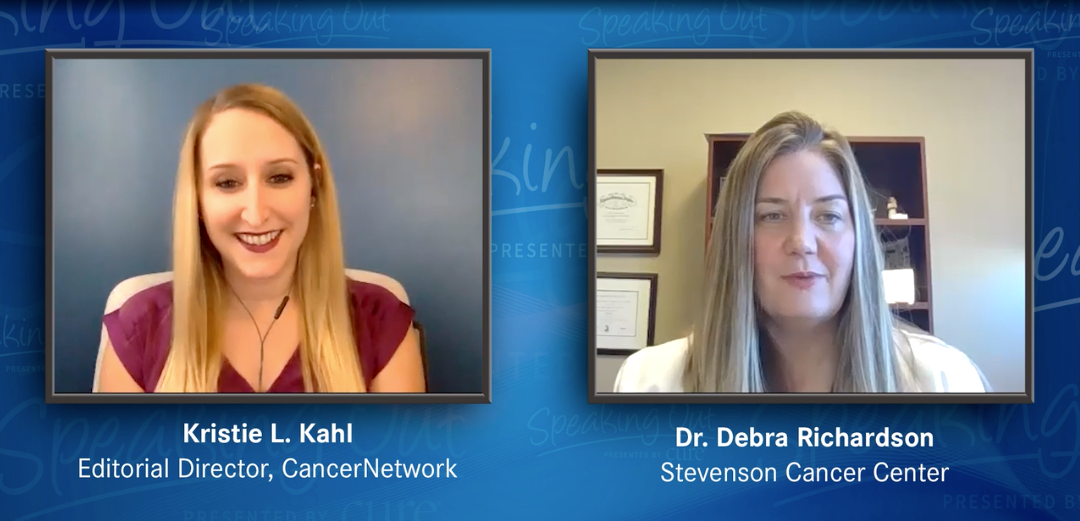
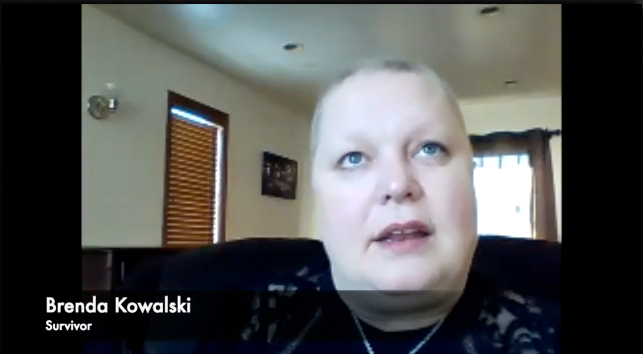
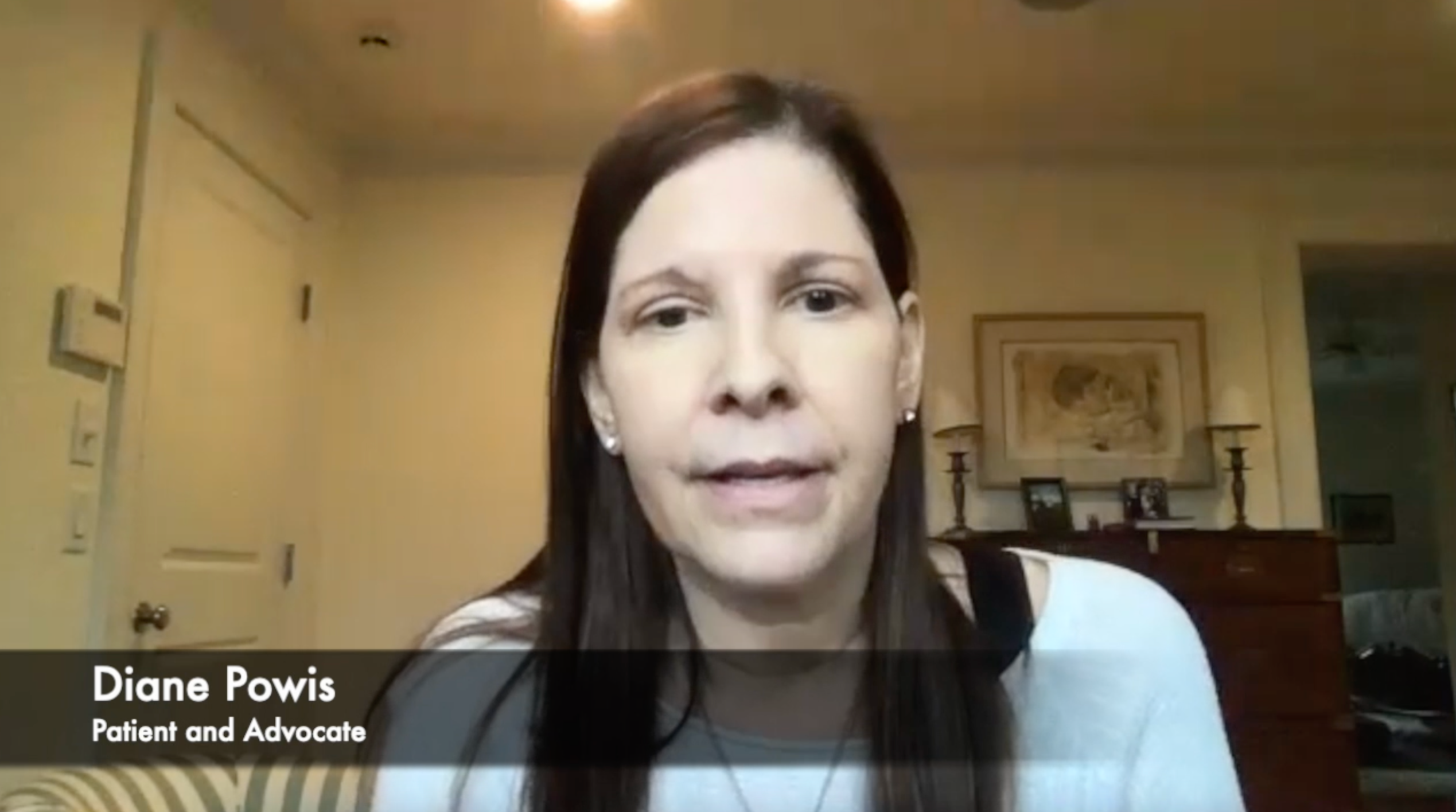
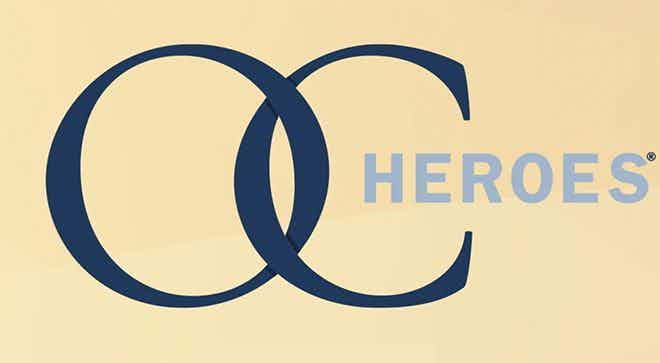
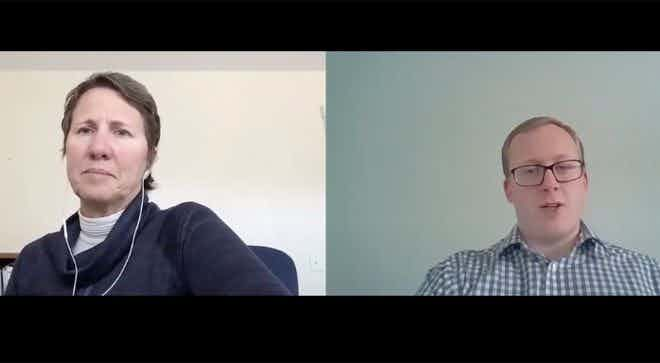
2 Commerce Drive
Cranbury, NJ 08512
All rights reserved.






